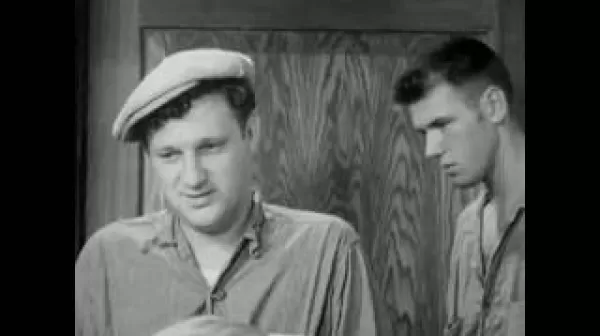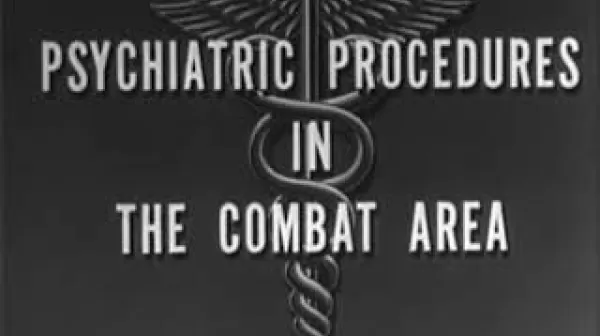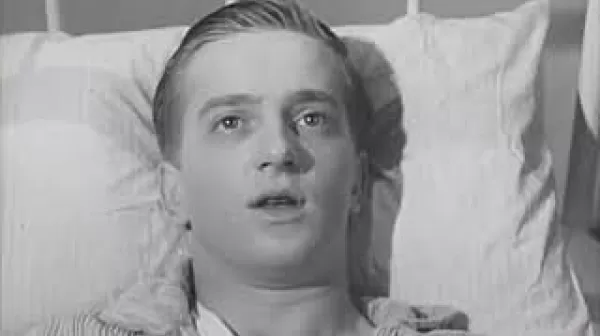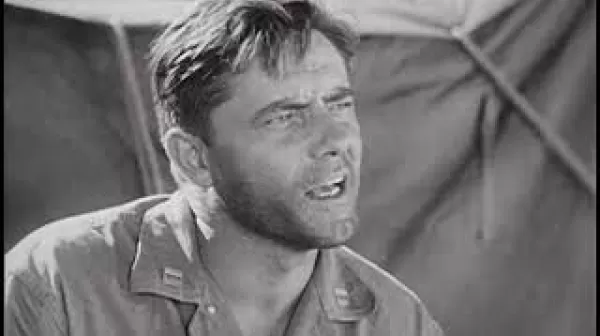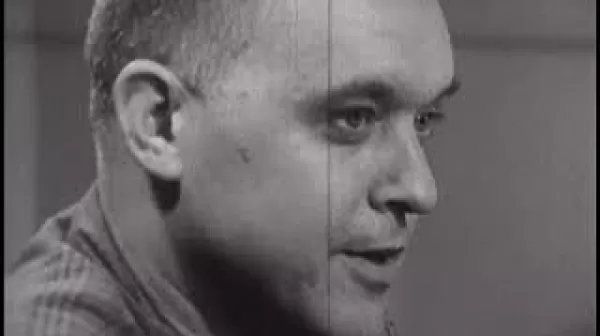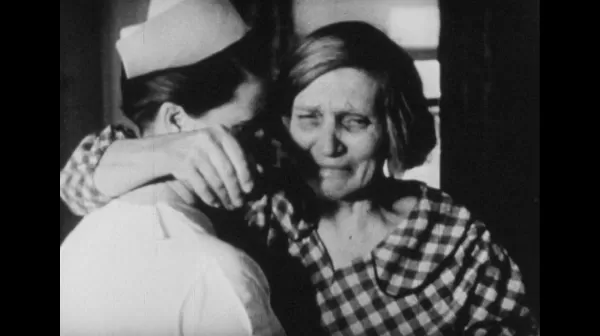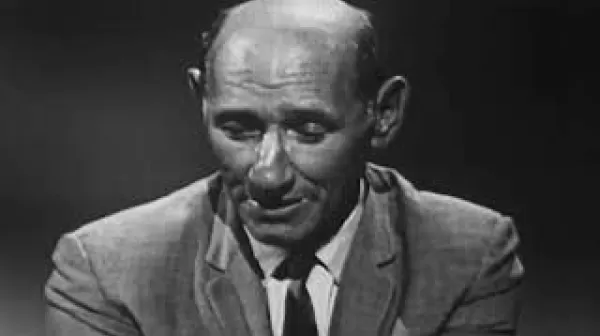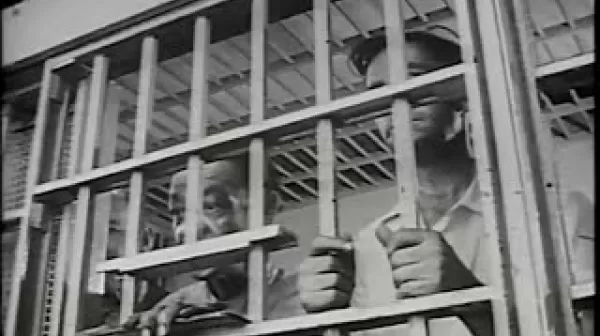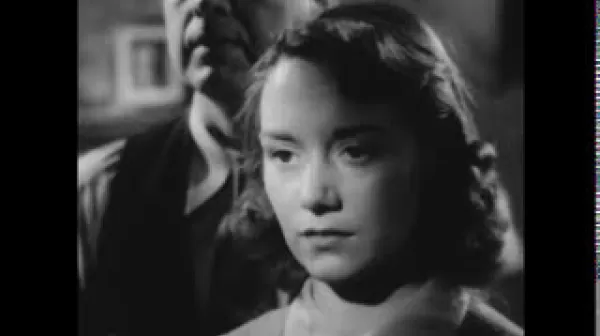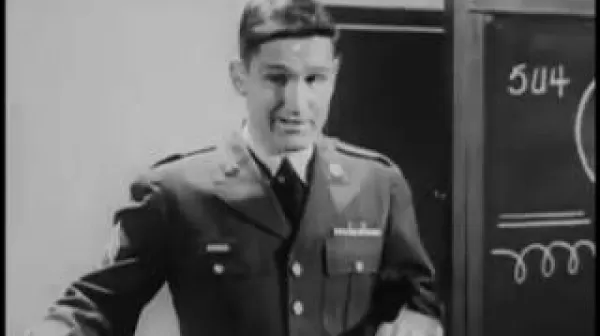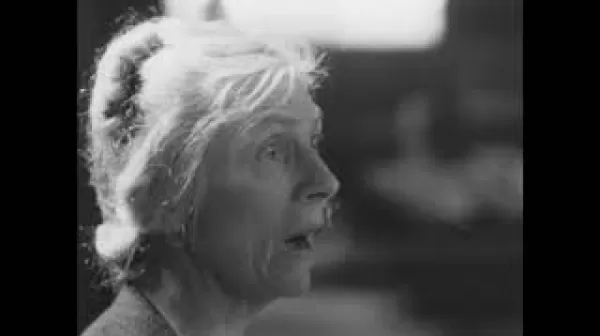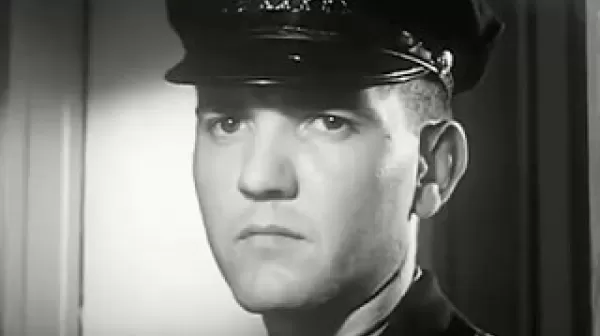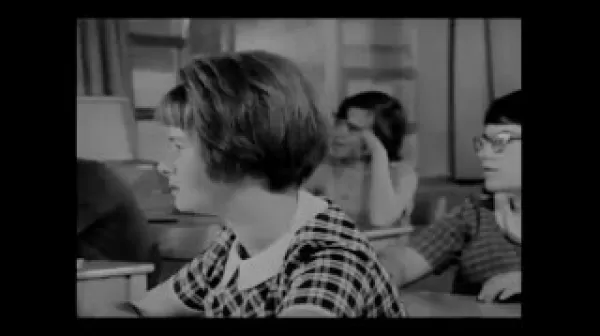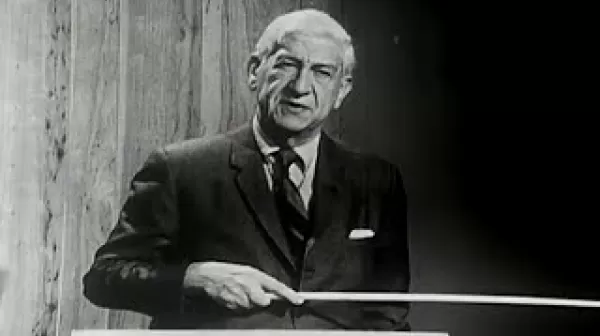Man to Man (Mental Health Film Board, 1954)
Warm sympathy and human understanding are powerful instruments in helping mental health patients; this is the inherent message of this film. This documentary is focused primarily on the relationship between two people: an elderly man who cannot feed himself and will not respond when approached, and a psychiatric aide (attendant) who refused to be discouraged even though help for the patient seems hopeless. Genuine suspense is achieved as the aide, with infinite patience and honest compassion, wins the confidence of the patient.

